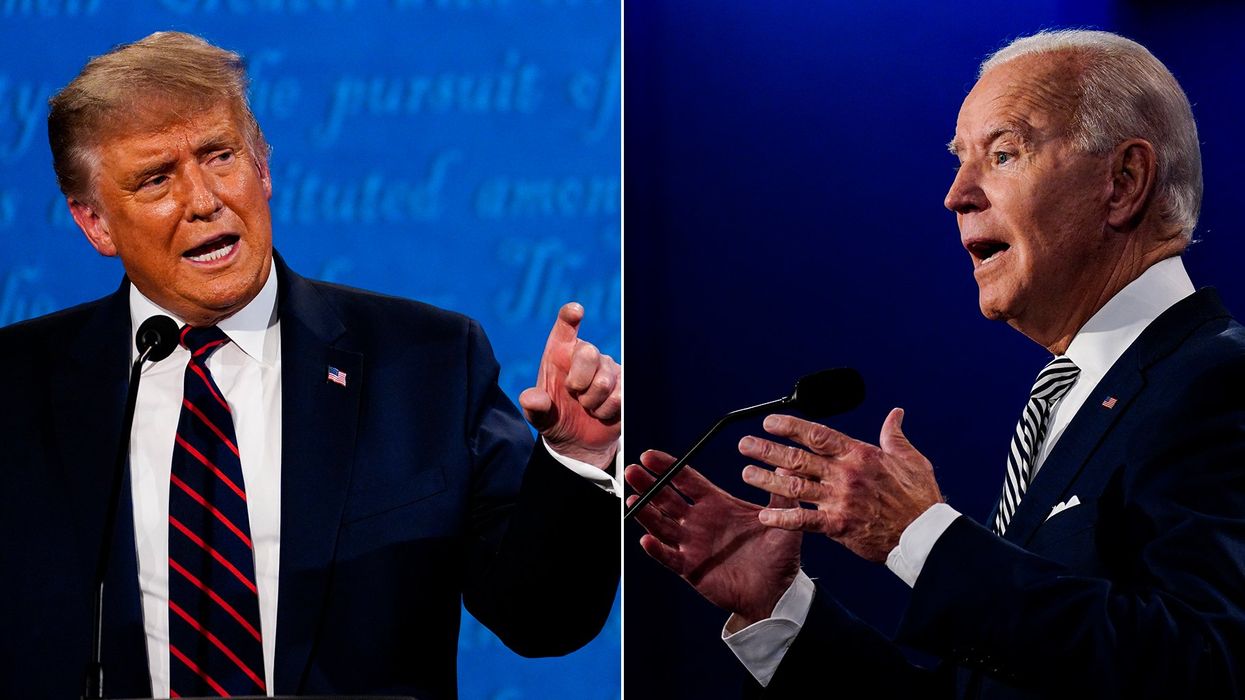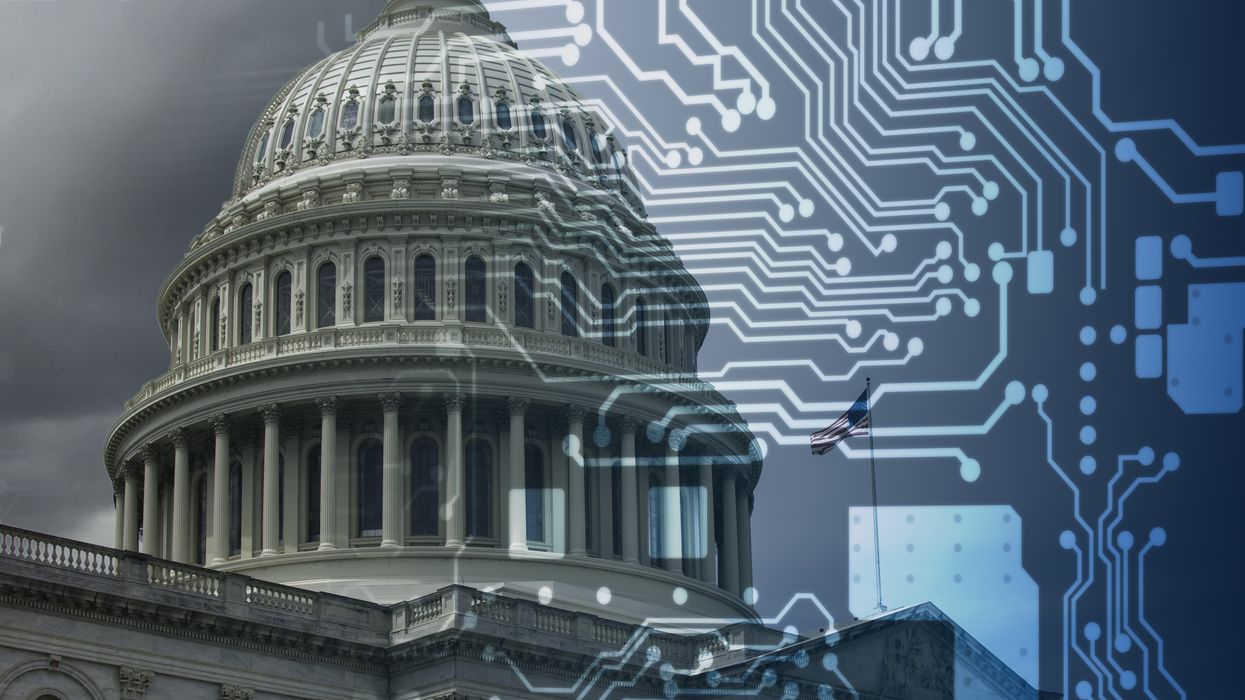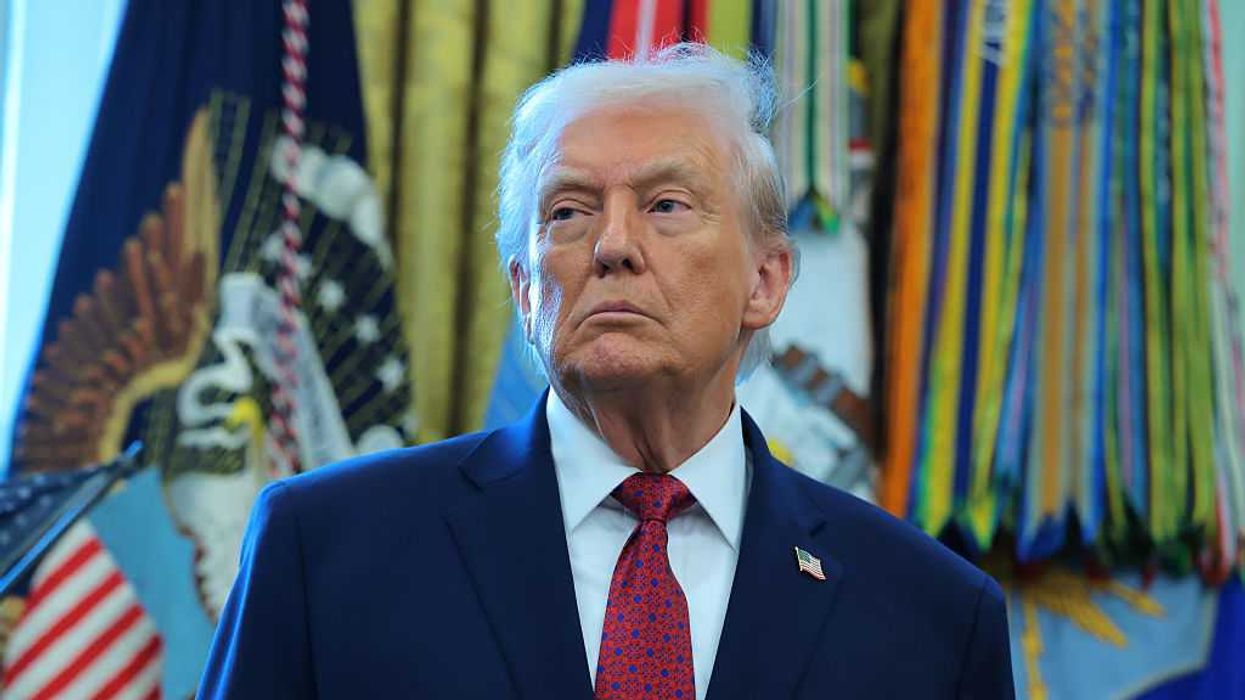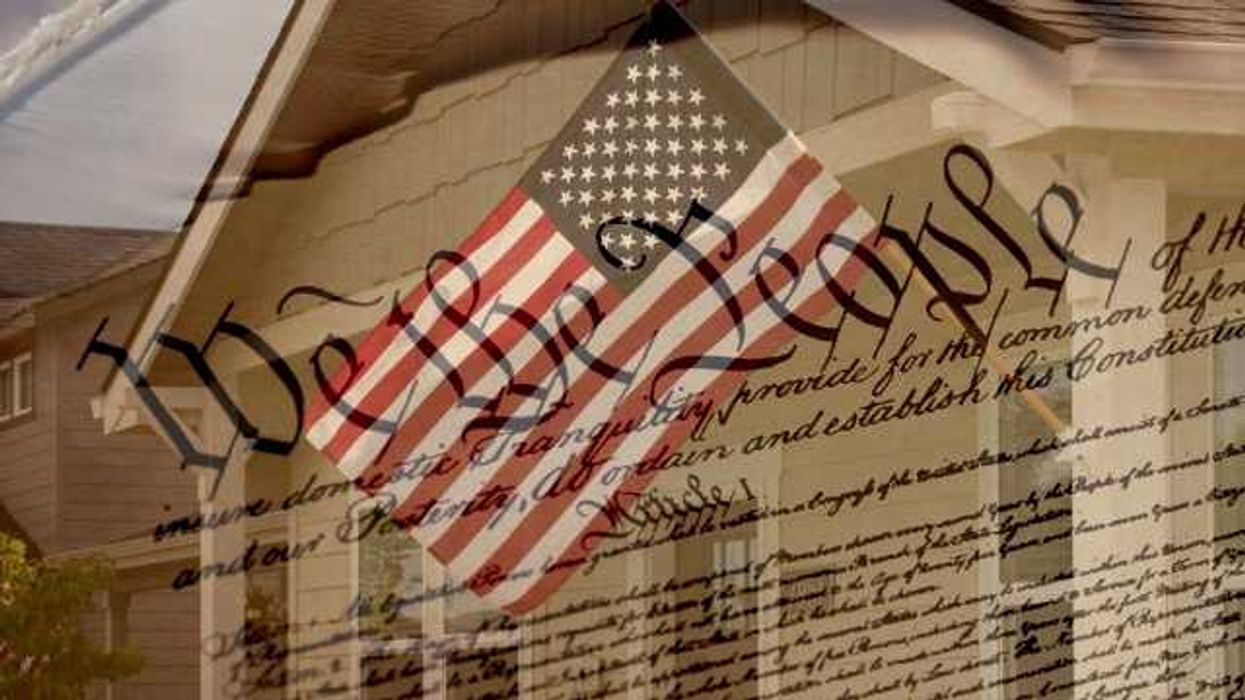Corbin is professor emeritus of marketing at the University of Northern Iowa.
This is part two of a two-part series to help voters compare and contrast Joe Biden and Donald Trump.
In my previous writing, I broke down President Joe Biden’s and former President Donald Trump’s stances on five major issues confronting the candidates and voters: immigration, abortion, NATO, Ukraine and the Israel-Hamas war. This entry compares and contrasts them on 13 additional issues in a way that may assist voters come Nov. 5.
Education: USA Today’s political experts explain that Trump wants to give parents more control over local schools, “including the right to elect and fire school principals.” Trump has praised court rulings that target affirmative action programs in higher education. Biden’s signature priorities have addressed student loan debt, denounced book banning in schools and scolded legislative bodies that attack LGBTQIA individuals’ rights.
Climate change: Alan Blinder, professor of economics and public affairs at Princeton and vice chairman of the Federal Reserve in the mid-1990s., wrote in a March 27 Wall Street Journal op-ed that Congress and Biden’s Inflation Reduction Act “contains the largest carbon-reduction measures in U.S. history. Donald Trump, by contrast, has called global warming a Chinese hoax.”
Jan. 6 insurrectionists: Trump has stated that, if elected, he will pardon all of the 1,353 people arrested and charged in the Jan. 6, 2021, insurrection at the Capitol. To which, Karl Rove — GOP strategist, George W. Bush’s deputy chief of staff and writer for the Wall Street Journal — called Trump’s pledge a “critical mistake ... they’re thugs.”
Unemployment and jobs: During Trump’s presidency, the unemployment rate was 6.4 percent; it has been under 4 percent during Biden’s term of office. Manufacturing job growth: 6.5 percent with Biden versus yah3.4 percent under Trump.
Stock market: Since Biden took office, the S&P index has risen 40 percent. At the same point in Trump’s presidential term, the S&P was up just 13 percent.
National debt: During Biden’s presidency, the national debt has increased by $4.7 trillion (up 16.67 percent). During Trump’s reign, the national debt increased by $8.18 trillion (40.43 percent).
Federal deficit: The deficit, the difference between the government’s income and expenses, added $7.8 trillion to the country’s debt during Trump’s presidency and $6.7 trillion under Biden’s leadership.
Gross domestic product: GDP, a measure of all of the goods and services produced in the country, grew 14 percent during Trump’s presidency compared to 22 percent since Biden took office.
Trade policy: Trump wants a 10 percent across-the-board tariff, plus a 100 percent tariff on imported cars from China and Mexico and 60 percent tariff on Chinese goods. Biden believes in global trade with America’s 1,600 partners and Trump believes in isolationism. (Blinder, Wall Street Journal, March 28).
Tax policy: The Trump tax cuts of 2017 expire in 2025; he wants to extend the cuts by 10 years, estimated by the Congressional Research Service to cost about $3.5 trillion. Biden and the Democrats “want to pay for domestic priorities and reduce the budget deficit with higher taxes on the rich and corporations.”
Infrastructure: In 2017, Trump’s proposed $1 trillion infrastructure package never got off the ground. On Nov. 6, 2021, Congress passed Biden’s $1.2 trillion, bipartisan-approved Infrastructure Investment and Jobs Act, which the White House claims will add about 1.5 million jobs each of the next 10 years and address issues like clean water, reliable high-speed internet, roads, bridges, airports, ports, rail, pipelines, power grid and cyber-attacks.
2020 and 2024 elections: Even after 100 percent of America’s 8,000-plus election managers, 61 court cases and Bill Barr — Trump’s attorney general — all concluded the 2020 election results were valid, Trump insists falsely that the 2020 election was stolen away from him. Trump has already claimed the 2024 election will be rigged and people should not mail in their ballots, both of which greatly muddles the GOP’s get-out-the-vote effort.
Democracy vs. authoritarianism: Matthew MacWilliams, in his exhaustive research at University of Massachusetts Amherst, has found “roughly 40 percent of Americans tend to favor authority, obedience and uniformity over freedom, independence and diversity.” Eighty-two percent of voters are worried about America’s historic democracy. Hence, Biden-Trump’s democracy-authoritarianism posturing is for real.
In this two-part series comparing and contrasting Biden’s and Trump’s respective presidential candidacies, 18 issues have been analyzed to give voters a better perspective as to who to vote for in the Nov. 5 election.
Don’t be among the third of people who usually sit out the election — how unpatriotic is that? Vote!




















 Shannon Gormley, Rhode Island Public Schools
Shannon Gormley, Rhode Island Public Schools Les Sinclair, Blue Ridge Area Food Bank
Les Sinclair, Blue Ridge Area Food Bank Elena Casillas Hoffman,
Elena Casillas Hoffman, 
 Darrious Hilmon, Executive Director, CAN-TV
Darrious Hilmon, Executive Director, CAN-TV